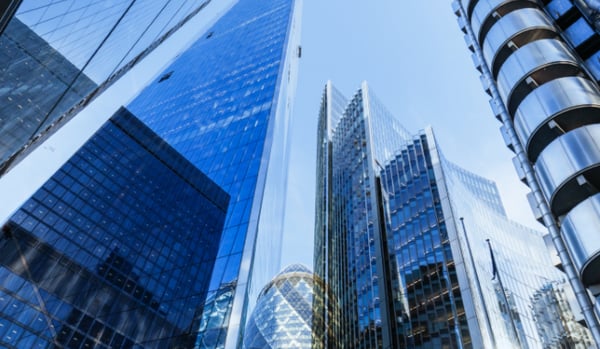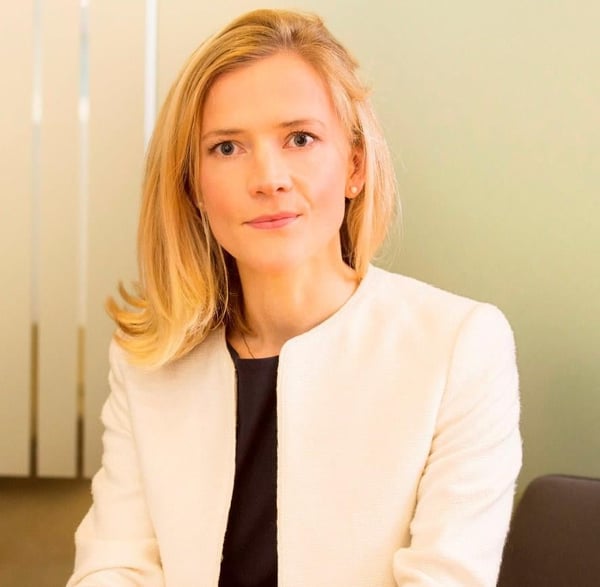Disclaimer: Views in this blog do not promote, and are not directly connected to any L&G product or service. Views are from a range of L&G investment professionals, may be specific to an author’s particular investment region or desk, and do not necessarily reflect the views of L&G. For investment professionals only.
Investors cannot afford to ignore deforestation
Combating deforestation is critical to addressing climate change, achieving net-zero goals and preserving ecosystems. It is a key issue for investors. Here's what we are doing to address the problem.

We’re all used to seeing big numbers when deforestation is discussed. For instance, between 1990 and 2020, around 420 million hectares of forest were lost due to conversion to other land uses.1
What’s sometimes missing from these numbers is a relatable context: 420 million hectares is an area almost equivalent to all the countries in the European Union.2
Deforestation on this vast scale is a leading contributor to manmade greenhouse gas (GHG) emissions. It’s estimated that 22% of total GHG emissions originating in human activity come from agriculture, forestry and other land use (AFOLU), and around half of this is from deforestation and land conversion driven by the pursuit of commodities that provide us with food, fibre, feed and fuel.3
As well as a significant source of emissions, deforestation destroys carbon sinks and fragile natural ecosystems that are essential to limiting global warming. This important interdependency means preserving nature is a critical component of our fight against climate change.
Why does this matter for us as investors?
No credible pathway to net-zero can overlook deforestation. Without addressing emissions from forestry, agriculture and other land use, we simply cannot reach climate goals.
In purely economic terms, an estimated $44 trillion of economic value generation is moderately or highly dependent on nature4 – more than half of global GDP.
As well as the broader systemic risks related to climate change and biodiversity loss, companies we invest in may be exposed directly to deforestation-related risk, for example from reduced access to key materials or litigation and increasing regulation. This latter issue has been highlighted recently by a sharpened focus on both illegal and legal deforestation across the UK, EU and US at both federal and state levels.
What are we doing about it?
We are stepping up our efforts to limit deforestation in portfolios. In September we published our Deforestation Policy, which followed our signing of the COP26 commitment to eliminate agricultural commodity driven deforestation from investment portfolios.
To assess credit and equity exposure to deforestation risk we have initially focused on select, high-risk industries5 and are leveraging external data. We are constantly working to improve the quality and scope of data from data providers and companies.
We are also expanding our engagement focus, working directly with companies through both our expanded Climate Impact Pledge and acting on minimum standards under our deforestation policy. Through our involvement in the Finance Sector Deforestation Action Initiative , we are working with other investors to accelerate progress in key sectors and across value chains.
What we expect from investee companies
- We expect companies to proactively analyse, assess and address deforestation risks within operations and supply chains
- Where relevant, we expect companies to integrate deforestation considerations into climate commitments, strategies and transition plans
- We expect climate change and the connected issue of deforestation to have a clear and formal place on the board’s agenda.
From next year, companies in high-risk sectors, where we have data, must meet the minimum standard laid out in our Deforestation Policy, to have either a deforestation policy or programme in place. Where companies fail to meet this minimum standard, we will vote against the board from 2023.
As a global investor, we are committed to assessing and addressing the risks of deforestation, which we believe to be part of our fiduciary duty to our clients.
1. Source: https://www.fao.org/3/cb9360en/cb9360en.pdf
2. 420 million hectares = 4.2 million square km; the European Union covers 4.4 million square km
3. Source: https://climatechampions.unfccc.int/wp-content/uploads/2022/06/Why-net-zero-needs-zero-deforestation-now-June-2022.pdf
4. Source: https://www3.weforum.org/docs/WEF_New_Nature_Economy_Report_2020.pdf
5. And drawing on external frameworks: https://www.ceres.org/sites/default/files/reports/2020-06/Ceres%20Investor%20Guide%20FINAL%20June%2029.pdf
Recommended content for you
Learn more about our business
We are one of the world's largest asset managers, with capabilities across asset classes to meet our clients' objectives and a longstanding commitment to responsible investing.


